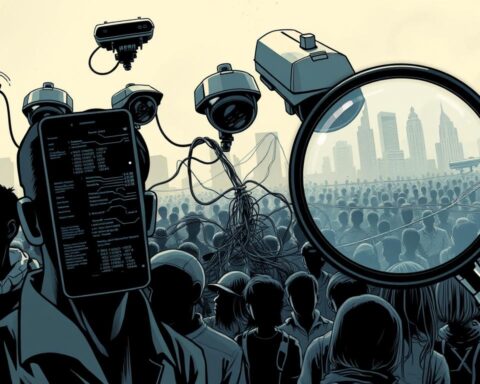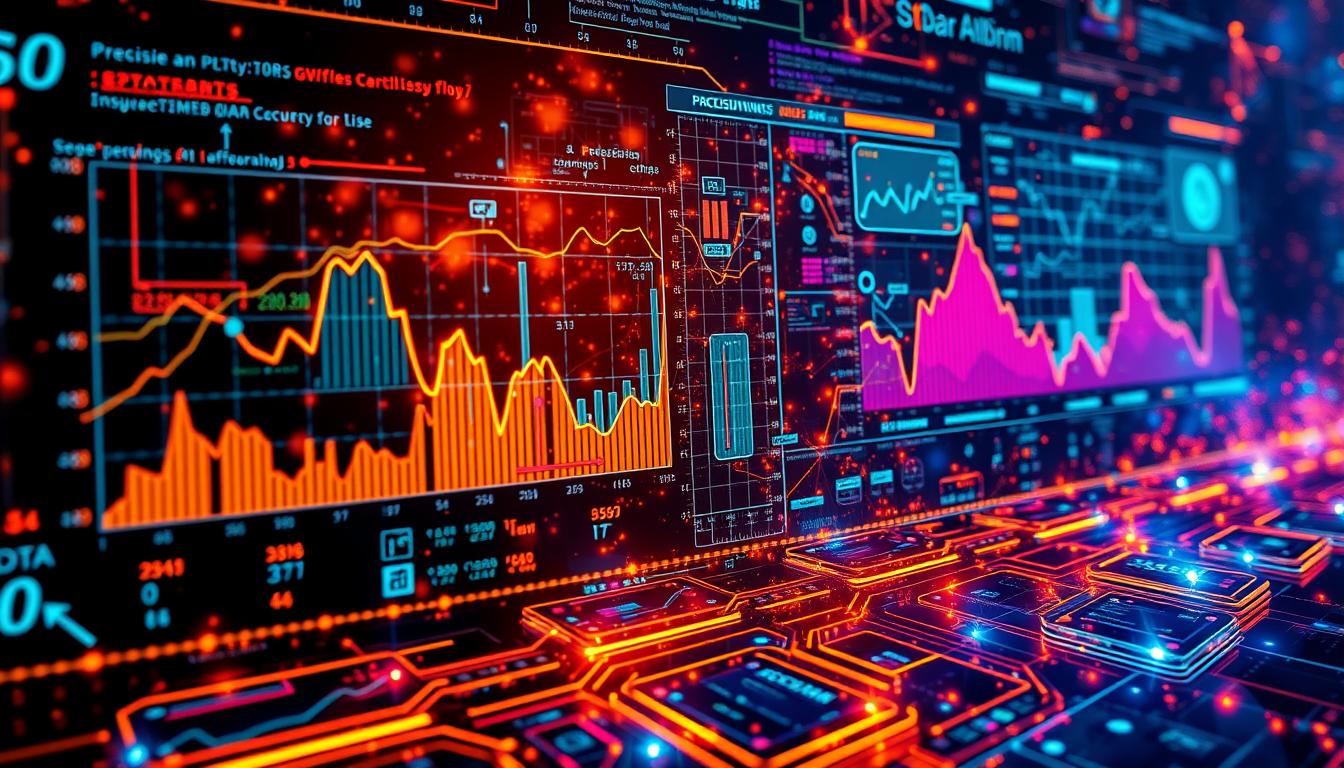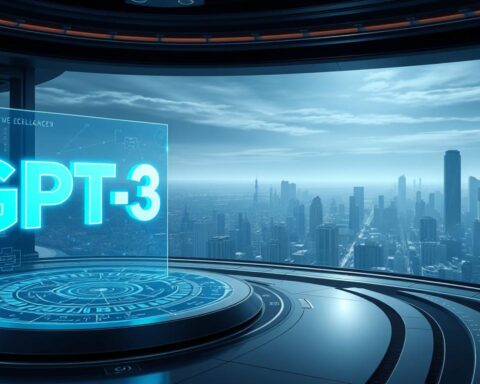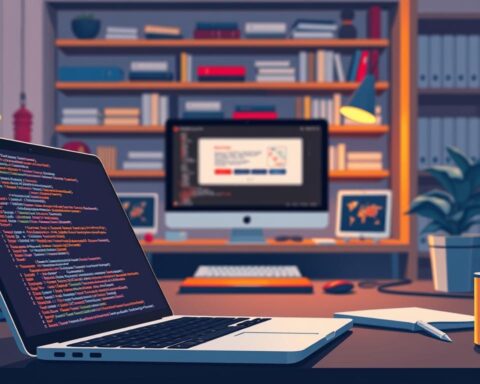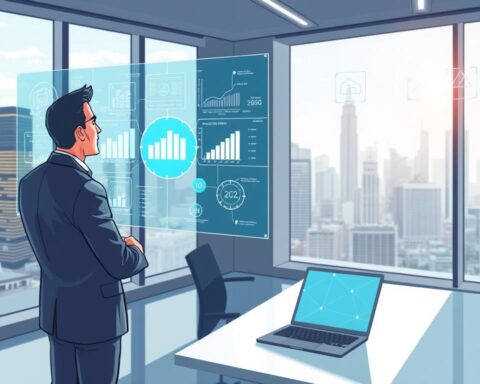AI is now a big part of our lives. It’s key to know the risks of bias in AI. This is because ignoring AI can make a company less effective, with 70% of leaders seeing the need to adapt to AI1. AI can make things better, with 74% of tech leaders believing in its power1.
Bias in AI is a big problem. It makes AI systems unfair and unreliable. It’s important to know how AI bias affects decisions. AI works best when teams with different skills work together, with 80% of successful projects having such teams1.
We’ll learn about AI bias and how to make AI fair and accountable. This includes fixing data problems, which 60% of companies struggle with due to cloud changes1. AI won’t replace jobs, but 75% of workers will see their roles change, making them better at solving problems creatively1.
Key Takeaways
- Bias in AI is a critical issue that affects the fairness and reliability of artificial intelligence systems.
- Organizations that ignore AI risk losing effectiveness, with 70% of executives acknowledging the urgency to adapt to AI technologies1.
- The integration of AI into existing business processes is expected to lead to better operational outcomes.
- The effectiveness of AI solutions relies on the integration of multidisciplinary teams, with 80% of successful AI projects being led by teams comprising both domain and technical expertise1.
- Bias in AI can be mitigated by addressing concerns such as data integration issues and ensuring that AI systems are fair, transparent, and accountable.
Understanding the Fundamentals of AI Bias
AI bias is a big problem that makes AI systems less accurate and unfair. It’s key to know about it to fix these issues. Vriti Saraf says teachers need to understand the dangers of AI making decisions2. This bias comes from bad data or poor design in AI algorithms.
AI ethics is very important. It helps make sure AI is fair and clear. Fixing AI bias means finding and fixing the problems at the start. This includes biases like selection and confirmation bias. Knowing these helps us find ways to make AI fair and open.
Some common AI biases are:
- Algorithmic bias
- Cognitive bias
- Confirmation bias
These biases can really affect how AI makes decisions. It’s vital to tackle them to make AI fair and unbiased3. Job ads and predictive policing tools can be biased, leading to unfair treatment4.
Understanding AI bias and its effects helps us find ways to fix it. We need a big plan to tackle the bias at its source. This includes finding and fixing the bias and coming up with good solutions2.
Bias in AI: Recognizing the Risks in Modern Applications
AI is now a big part of our lives, but it comes with risks. We must understand these risks and find ways to fix them. Ethical ai development and bias detection in artificial intelligence are key to solving these problems.
AI experts at Thoughtworks say we need to be careful with AI. They point out that most people have biases they’re not aware of. These biases can affect how AI works5. Also, AI can unfairly treat some groups, like minorities, in job searches5.
To fight AI bias, we can:
- Make AI teams more diverse to catch biases early
- Check AI systems often to make them fairer
- Tell people what we’re doing to make AI fairer
By facing the bias in AI and finding ways to fix it, we can make AI better. This is important for building trust in AI and making sure everyone gets its benefits6.
Detection Methods and Assessment Tools
To ensure fairness in machine learning, we need good detection methods and tools. AI can help reduce health disparities but might make things worse if not used right. This is because of bias in AI model training on unbalanced healthcare data7.
Tools like automated bias detection systems and statistical analysis are key. For example, bias auditing tools help fix unfairness in health risk models for diseases like breast cancer and heart disease7. Also, up to 18% of patients in hospitals cause alerts that disrupt work, showing the need for accurate detection8.
Bias testing frameworks are also important. A study on 23 chest X-ray data sets showed only 8.7% included race or ethnicity data. This shows we need more diverse data8. Using these tools helps make AI fairer and more ethical, leading to better AI applications.

Implementing Bias Mitigation Strategies
AI systems are now part of many decisions. Mitigating bias in ai is key for fair results. Studies show AI bias worries are rising in many fields like hiring and healthcare9. To tackle this, companies can use data cleaning, check algorithms, and have humans review AI to lower bias risks.
Creating AI rules that focus on fairness is a good start. This helps companies follow ethical and legal AI use standards. Also, using diverse training data and checking data sources often is vital to avoid bias9. These steps help make AI systems fair and responsible.
For more on avoiding bias in new tech, check this resource. For insights on AI ethics, visit this website.
- Implementing diverse and representative training datasets
- Conducting regular audits of data sources to ensure inclusivity
- Establishing AI governance frameworks that emphasize fairness and accountability
By using these methods, companies can lessen AI bias risks. This ensures AI is used ethically and responsibly10.
| Strategy | Description |
|---|---|
| Data Preprocessing | Implementing techniques to reduce bias in training data |
| Algorithmic Auditing | Conducting regular audits to ensure fairness and accountability |
| Human Oversight | Providing human oversight to detect and correct biased outcomes |
By adopting these strategies and ethical AI practices, companies can reduce AI bias risks. This ensures AI is used fairly and transparently9.
Conclusion: Building a More Ethical AI Future
As we advance in AI development, focusing on ethics is key. We must work on reducing AI bias to make AI better for everyone. Understanding and tackling AI bias is vital for a fair AI future.
By knowing how AI bias works, we can spot and fix it. This way, AI systems will be fair and open. It’s important to make sure AI is used for good, not harm.
Creating a responsible AI framework is essential. We need to know and follow AI standards, which change based on the situation. This means we must watch AI closely and set rules to avoid biases11.
AI can also be unfair, leading to bad results and less inclusivity. We must make AI systems clear and easy to understand12. By tackling these issues, we can make AI better for everyone.
To build a better AI future, we all need to work together. By fighting AI bias together, we can make AI help society. This will lead to a future where AI is fair and unbiased1112.
FAQ
What is bias in AI and how does it affect artificial intelligence systems?
Bias in AI means AI systems can make unfair decisions. This happens when the data used is biased or the design is flawed. It affects how AI systems make decisions and can be unfair.
What are the common types of AI bias and how do they impact decision-making systems?
AI bias includes selection, confirmation, and anchoring biases. These biases can lead to unfair decisions. It’s important to know about these biases to fix them.
Why is it essential to recognize the risks associated with bias in AI in modern applications?
Knowing the risks of AI bias is key as AI is used more in fields like healthcare and finance. We need to find ways to make AI fair and transparent. This ensures AI is used ethically.
What are the detection methods and assessment tools available for detecting and assessing AI bias?
Tools like automated systems and statistical analysis help find AI bias. They ensure AI systems are fair. This is important for ethical AI use.
What strategies are available for mitigating AI bias and ensuring that AI systems are fair and transparent?
To reduce AI bias, we can preprocess data and audit algorithms. Adding human oversight also helps. These steps ensure AI is used responsibly.
Why is it essential to prioritize ethical considerations in AI development and deployment?
Ethical AI is vital for fairness and transparency. It prevents harm from AI bias. This ensures AI benefits society, not just a few.
How can we ensure that AI systems are developed and deployed in a way that minimizes bias and promotes fairness and transparency?
To make AI fair, we need technical and organizational steps. This includes data cleaning, algorithm checks, and human review. We also need ongoing research and ethical focus.
Source Links
- Power squared: How human capabilities will supercharge AI’s business impact – https://www.thoughtworks.com/en-us/perspectives/edition27-AI-strategy/article
- What Is AI Bias? | IBM – https://www.ibm.com/think/topics/ai-bias
- Understanding algorithmic bias and how to build trust in AI – https://www.pwc.com/us/en/tech-effect/ai-analytics/algorithmic-bias-and-trust-in-ai.html
- AI Bias – What Is It and How to Avoid It? – https://levity.ai/blog/ai-bias-how-to-avoid
- What Do We Do About the Biases in AI? – https://hbr.org/2019/10/what-do-we-do-about-the-biases-in-ai
- AI Bias Examples | IBM – https://www.ibm.com/think/topics/shedding-light-on-ai-bias-with-real-world-examples
- Human-Centered Design to Address Biases in Artificial Intelligence – https://pmc.ncbi.nlm.nih.gov/articles/PMC10132017/
- AI pitfalls and what not to do: mitigating bias in AI – https://pmc.ncbi.nlm.nih.gov/articles/PMC10546443/
- What is AI Bias? – Understanding Its Impact, Risks, and Mitigation Strategies – https://www.holisticai.com/blog/what-is-ai-bias-risks-mitigation-strategies
- Mitigating Bias In AI and Ensuring Responsible AI – https://leena.ai/blog/mitigating-bias-in-ai/
- Addressing AI risks: Preventing bias and achieving ethical AI use – https://www.ey.com/en_us/insights/emerging-technologies/addressing-ai-risks-preventing-bias-and-achieving-ethical-ai-use
- Ethical Considerations in AI Model Development – https://keymakr.com/blog/ethical-considerations-in-ai-model-development/


